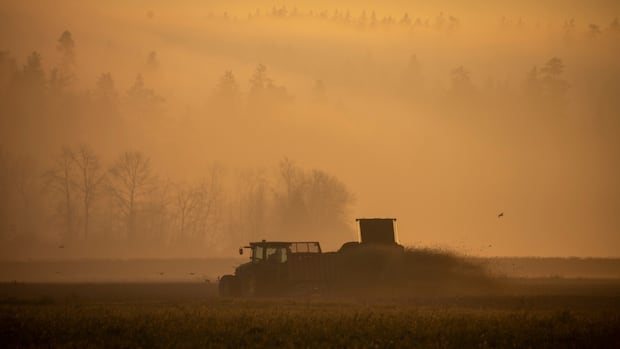School Kookum Program Adds Extra Support Love Thompson, Man., Children
An echoing chorus of “Hi Kookum” greets Valerie Parker in her classroom each day at an elementary school in Thompson, Man., followed by hugs from the students who stop by for a visit during recess.
“I have a lot of grandchildren here,” she said with a laugh on Friday.
Parker is a kookum, a Cree word for grandmother, at Juniper Elementary School. She is neither a teacher nor a counselor, but does a bit of both jobs.
All of her teachings are rooted in her Cree heritage and culture, from the tea she brews from cedar, road ash (aka rat root), and chaga, to the bannock she bakes, to the crafts she makes with the children who come.
“They come here and they cook, bake. I teach them sewing, medicine, crafts, the leather, the seven leathers,” Parker said.
A 14-year-old girl, who is in foster care and cannot be named, comes by almost every day to visit her kookum. She wanted to make a beautiful shawl and regalia to dance in.
Over the course of a school year, they sewed her regalia, including moccasins, Parker said.
“She’s basically like my own mother to me. It’s more comfortable and safe here than my boring classroom,” said the 14-year-old.
Parker sees herself as a safe person for the kids to come and talk to.
“They need someone to come comfort them, and they never want to go to anyone else, but they come to me and they get that comfort,” she said.
Parker is one of two self-titled kookums in northern Manitoba’s Mystery Lake School Division that are part of the Mino Pimatisiwin program, which means the good life, said co-superintendent Lorie Henderson.
“We look for balance for our children to have the good life,” she said.
About 60 percent of the children in the division are Indigenous, Henderson said, so the program is a way to not only help them connect with their culture, but also get support if they need a little extra.
“They don’t necessarily need a diagnosis. They just need a place where they can have space, they can get support, they can learn about some of our culture,” Henderson said.
Shelley Cook is Parker’s counterpart at Burntwood Elementary School on the other side of Thompson.
Cook, who is not native but was adopted into her husband’s community, Misipawistik Cree Nation, offers comfort and support to the children who enter her classroom.
Cook, a trained teacher, uses many of the same skills she learned in her role as a classroom kookum, but says her current role is unique.
“If someone needs a swipe, they can look me up — we can give them a fresh start to their day — or if they have something heavy on their hearts, I have time to listen,” she said.
“I know that residential school was a very unkind place to be and some of our parents had to experience that, so one of my main things is trying to be kind to the kids and make them understand how precious and special they are are. “
The children who interact with Cook learn to sing in Cree and play with dolls and stuffed animals while learning the traditional seven teachings.
Eight-year-old Emersyn Wickdahl said that when she visits her kookum, it means it’s going to be a good day, because she loves to visit.
“I just really enjoy being here,” says Emma Lefevere, 9.
The division is trying to recruit other grandparent figures to work at other schools in the area, Henderson said.
Cook hopes all divisions will consider their program.
“I’m pretty sure if all schools had the benefit of having a grandmother around, I think it would improve their school,” she said.




